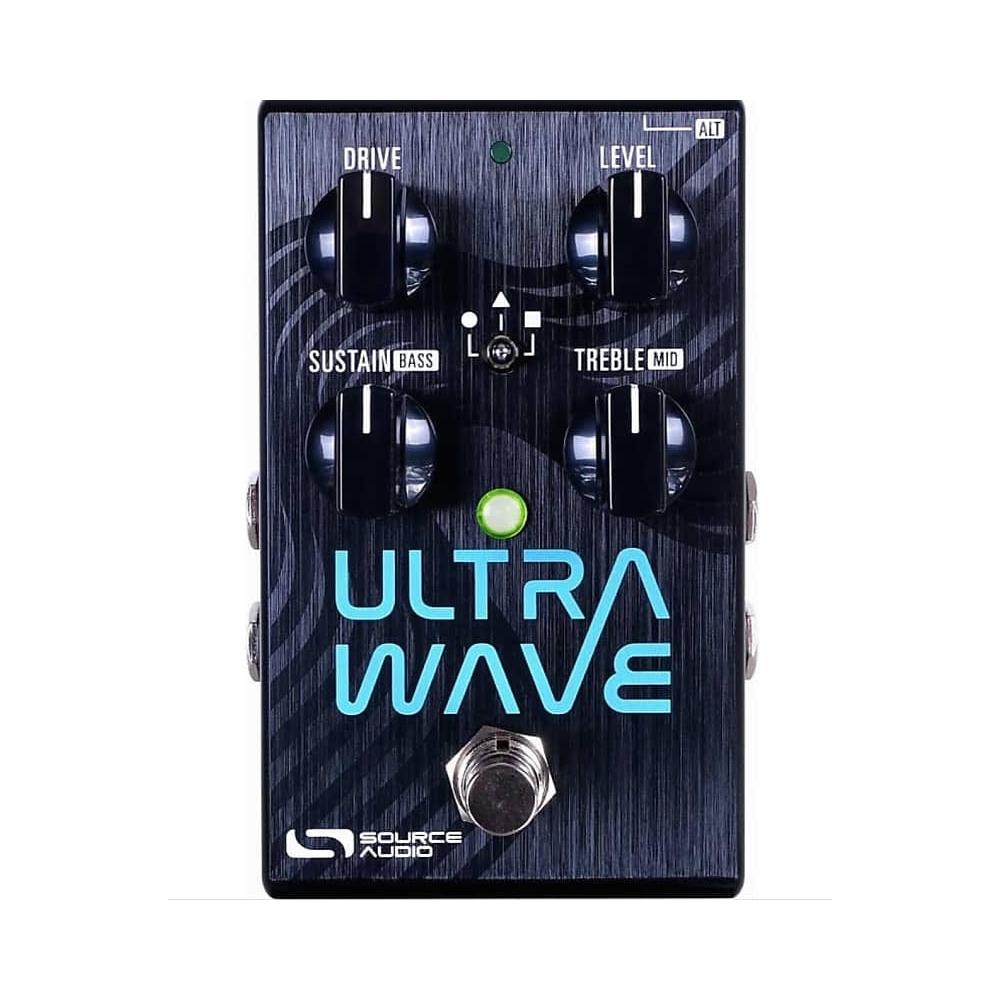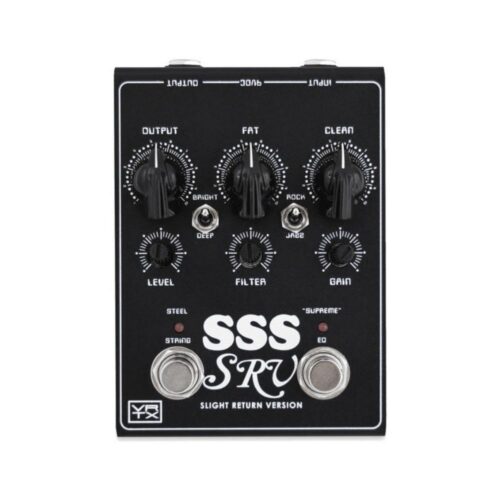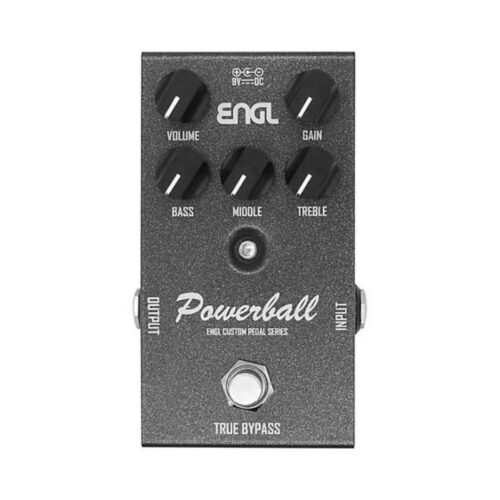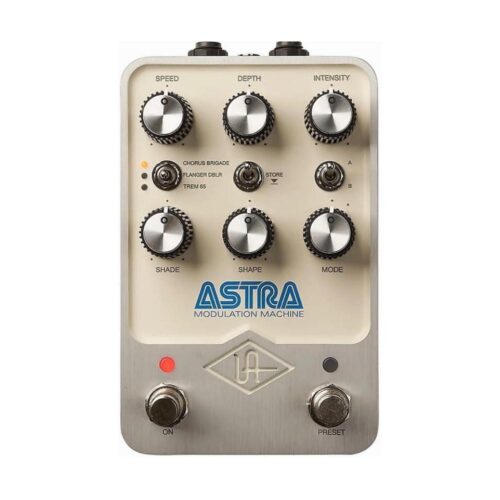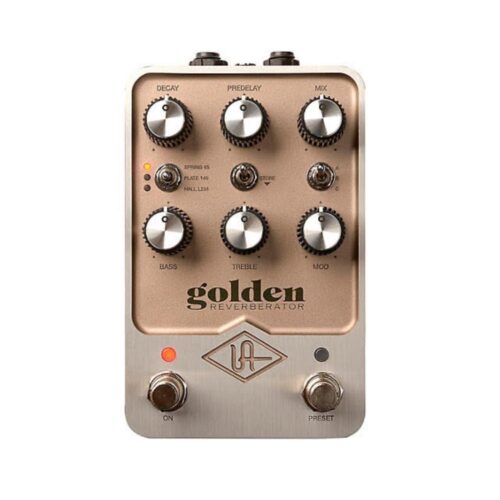Description
One of the ingredients for innovation is often reinvention. This time around, Source Audio has revisited a concept originally conjured by guitarist, producer, and author Craig Anderton – we are talking about the concept of multiband processing. Back in 2006 Source Audio’s Chief Scientist Bob Chidlaw took Anderton’s idea and created a pedal called the Multiwave Distortion. The original Multiwave Distortion split an incoming guitar signal into 10 separate frequency bands and distorted each one individually. The 10 bands were then recombined and mixed to a single output. The result was a rich distortion—often described as “chunky” and “thick” with loads of unique overtones and interplay.
Our mission now is to update the Multiwave Distortion for the One Series format. Under the hood we are making notable changes. The new Ultrawave Multiband Processor will feature individual control of each band’s level and drive amount. In addition the user will be able to select from a towering list of different band configurations. We’re also adding an advanced tremolo system with individual control of each band’s tremolo depth, rate, start time, and LFO shape. Finally that Ultrawave has its own compressor, which can be placed before or after the drive circuits.
“Some of you may remember the Multiwave Distortion. It was the first effects pedal we created that was not related to Hot Hand. At the time, distortion modeling of analog stuff was not very far along, and we kind of liked the idea of doing something that was impossible with analog circuits. The concept was to blend two different ideas into one pedal: multi-band distortion and “foldback” distortion. The first is relatively simple. Split the incoming signal into ten separate bands, distort each separately, and then recombine them. The result not only sounds interesting, but it is possible to play complex chords through the distortion without things turning to mud. Foldback is also very distinct. In a typical dirt box the more you dig in the more things get clipped and mashed. In foldback, things go in and out of clipping depending on the level (see diagrams in the white paper). The resulting sound is very synth-like and some of the curves result in a very cool natural octave up. When all of this was combined in a pedal, it was a distortion experience like no other.
Experimental folks like Reeves Gabrels, Adrian Belew, Jake Cinninger, Chuck Garvey, and Steven Wilson jumped on it. For others, this fuzz from the future was a bit too different. We then came out with a bass version, which was a big hit. The original product came out in 2007. Thirteen years ago.
A lot has changed since then. Digital distortion is much more accepted. Source Audio is now an established brand with thousands of users and fans. With the advent of the Neuro Editors, easy preset sharing and products like the C4 Synth, the stage has been set to take the concepts from the Multiwave and give them a HUGE modern Source Audio update with all the things we know how to do these days. So, this is the background on the UltraWave: The first comprehensive multiband processing platform in a pedal. STRAP IN!!!”

